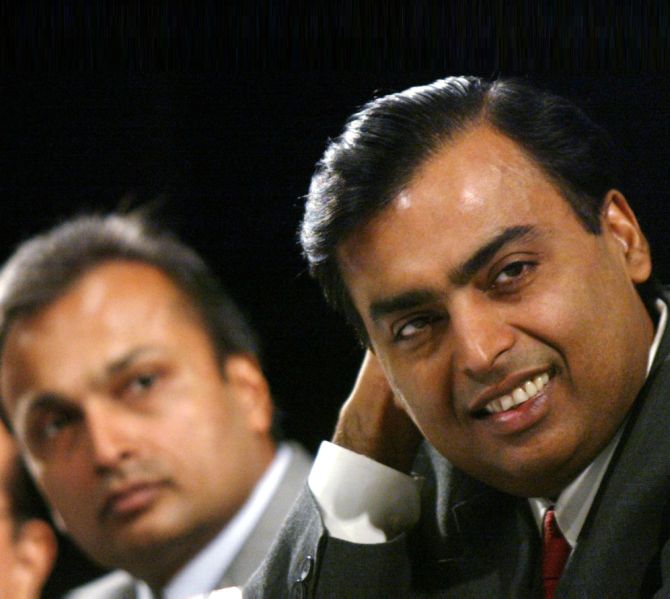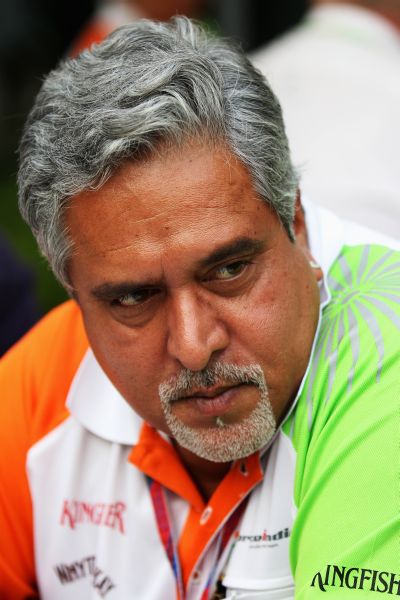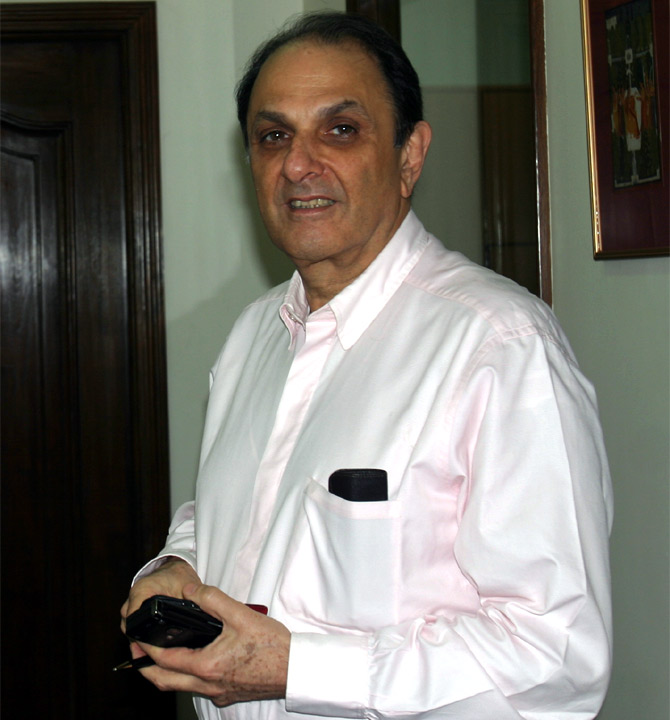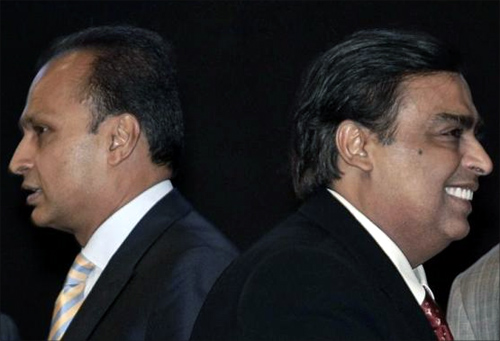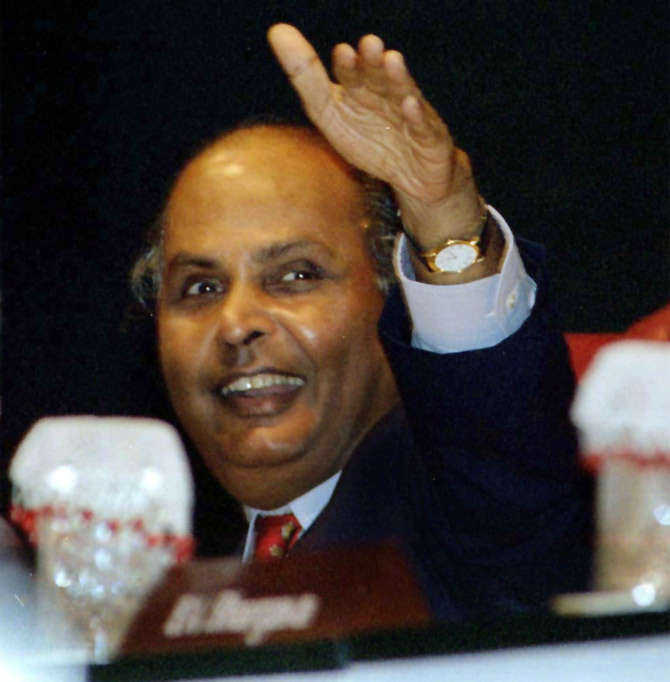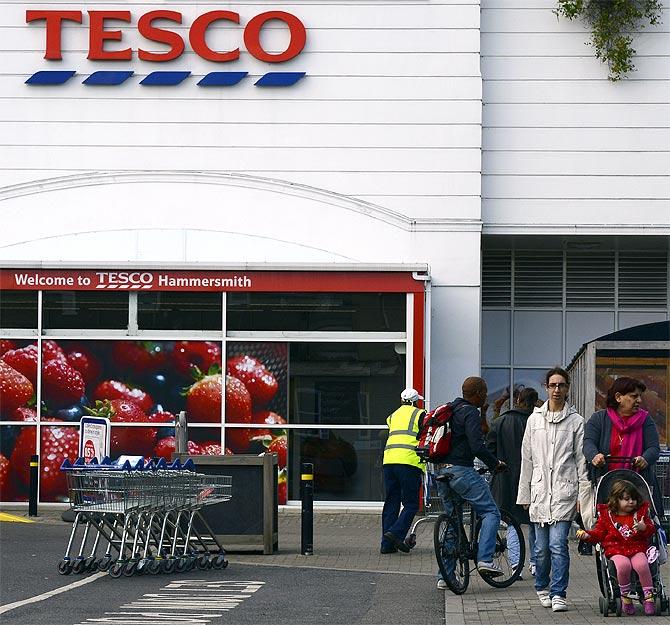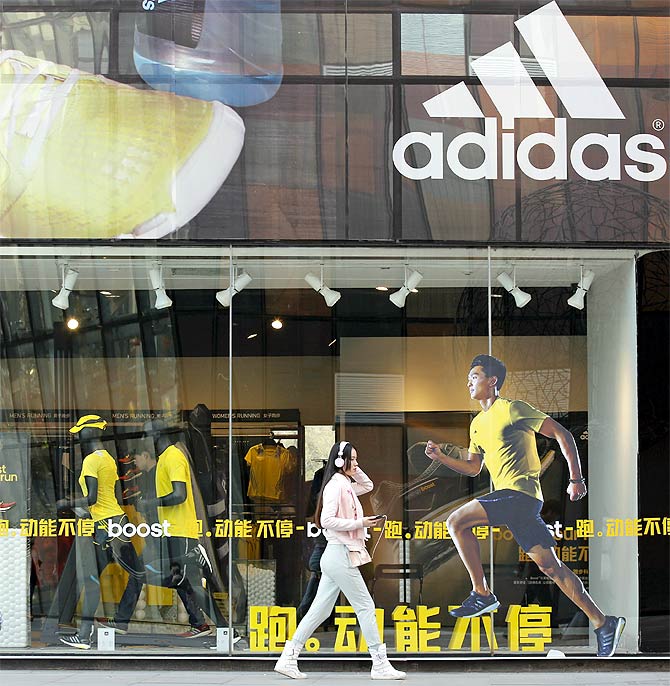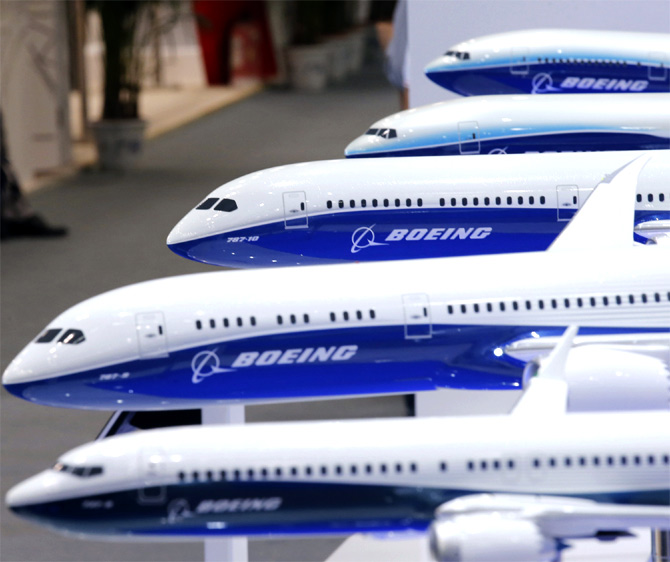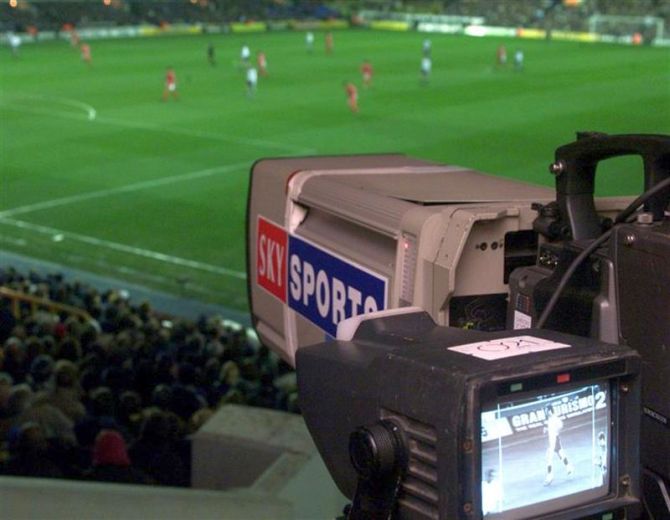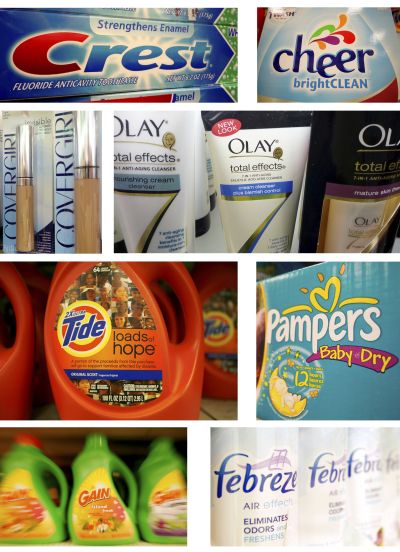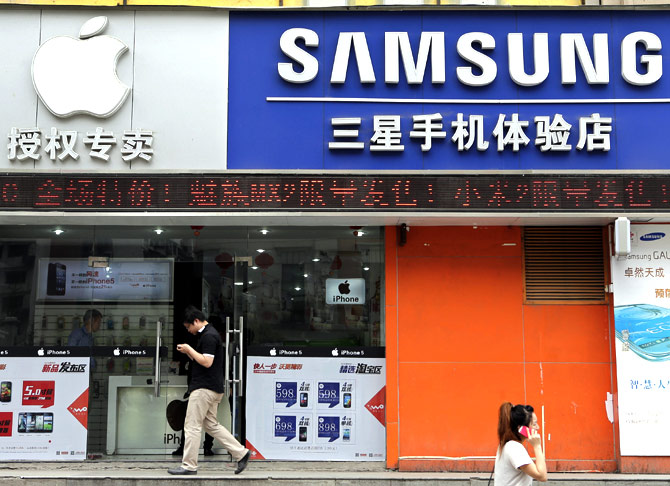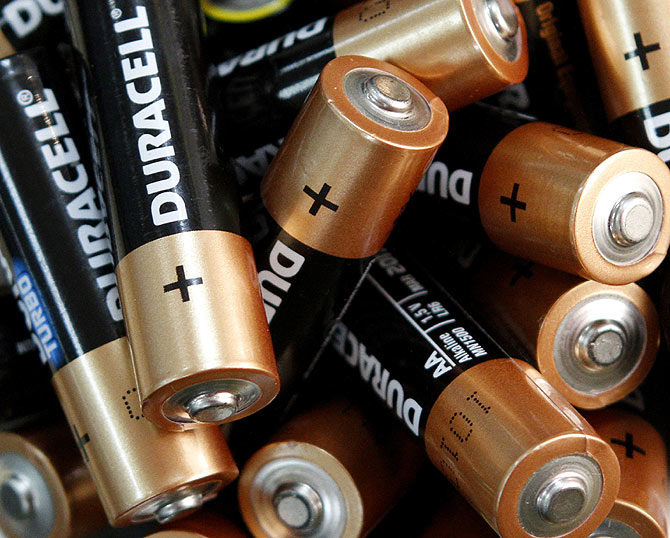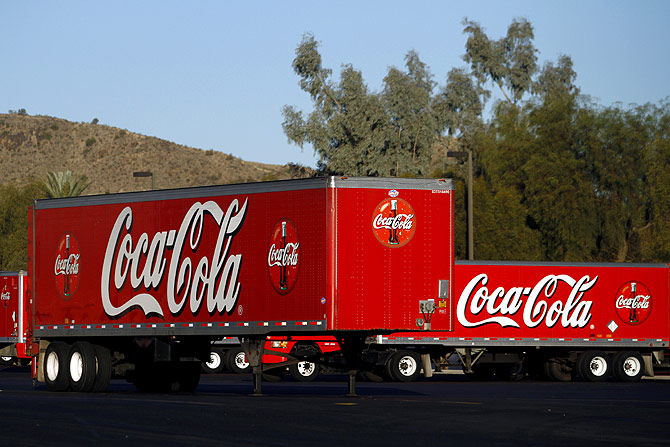 | « Back to article | Print this article |
The 15 greatest business rivalries of all time
The fiercest corporate battles in India have probably been fought by the Ambanis. Dhirubhai Ambani, the founder of Reliance Industries, first locked horns with Bombay Dyeing’s Nusli Wadia over polyester. Then, there was a corporate battle with Larsen & Toubro.
When the next generation took the helm, both the brothers - Mukesh Ambani and Anil Anmbani - parted ways. And soon the country witnessed one of the biggest corporate spat. The magnitude of their fight was such that there were reports stating that the dispute between the brothers is hurting global investors' confidence in India.
Corporate rivalries are common in every country but in India it is mostly kept restricted to the boardrooms.
In the developed countries, competitors slug it out in open. That’s why you will see Pepsi ads mocking Coca Cola or Unilever’s Pepsodent claiming to be better than Colgate.
Let’s look at some of the biggest and bitterest corporate rivalries in India and globally.
Click NEXT to read more...
The 15 greatest business rivalries of all time
Wadias and Ambani
There are several stories on how the war between the two started. Some say that it was a fight between old money and new money. Nusli Wadia had a business pedigree where as Dhirubhai, who started out as a petrol station attendant, had an amazing rags-to-riches story.
His vaulting ambition, his appetite for risk and larger-than-life image made him a natural target for those who resented his meteoric rise to the top of the business ladder.
During the Janata Party rule (1977- 1979), Nusli Wadia obtained the permission to build a 60000 tpa di-methyl terephtalate (DMT) plant.
However, before his letter of intent could be converted into a license, the government changed and when the Congress government came to power, his license was delayed (until 1981) with one pretext or the other.
This was the same time when Dhirubhai obtained license to build a PTA plant. Dhirubhai was also contemplating on building a Paraxylene facility.
All this infuriated Wadia and it marked the beginning of the Ambani-Wadia battle where Ramnath Goenka, then Indian Express proprietor, joined forces with Wadia.
Click NEXT to read more…
The 15 greatest business rivalries of all time
Shaw Wallace and UB Group
In the early 1980s, Vijay Mallya joined hands with Manu Chhabria to bid for Shaw Wallace. However, due to tight currency regulations at the time, Mallya didn’t come out in open about partnering Chhabria, a non-resident Indian.
Chhabria took over Shaw Wallace, shrugged off Mallya's claim for the company and triggered one of India's most enduring corporate rivalries between Shaw Wallace and the UB Group.
In 2005, UB Group signed a deal with Jumbo World Holdings Limited in Dubai to acquire Shaw Wallace for Rs 1,300 crore (Rs 13 billion).
Around the time Mallya acquired Shaw Wallace, Manu Chhabria was already dead. Mallya dealt with his wife Vidya Chhabria.
Click NEXT to read more…
The 15 greatest business rivalries of all time
Wadia and Rajan Pillai
As soon as the battle with Reliance had cooled off in the late 1980s, Nusli Wadia launched an all-out attack to acquire Britannia Industries. An American company named Nabisco Brands Inc owned Britannia then.
Wadia’s friend Rajan Pillai was managing Britannia in all over Asia. He was called the 'Biscuit King'.
Through Pillai, Wadia approached Nabisco’s management and expressed interest in acquiring Britannia but the offer was turned down.
On the contrary, Nabisco made Pillai chairman of Britannia. Soon after, the two friends turned into bitter rivals.
Pillai partnered French food company Danone to expand the business but the latter broke the partnership and joined hands with Wadia. Danone accused Pillai of fraud.
After a long boardroom battle, Pillai ceded control to Wadia. Pillai was later jailed for fraud in Singapore and he died in prison.
Click NEXT to read more…
The 15 greatest business rivalries of all time
Mukesh Ambani and Anil Ambani
Mukesh Ambani and Anil Ambani split their businesses between them after their father Dhirubhai Ambani died. There was lot of friction between the two since the split but it acquired new heights when the two brothers reached court over a dispute.
Mukesh Ambani's Reliance Industries Limited agreed to sell Anil Ambani's Reliance Natural Resources Limited 80 mmscmd of gas from the Krishna-Godavari Basin for 17 years at $2.34 per mmbtu - for its Dadri power plant.
With RIL stopped supplying the gas, RNRL went to court against RIL for not implementing this part of a family MoU signed when the empire was being carved up between the two brothers.
The Supreme Court delivered a judgement which experts said was in favour of Mukesh Ambani.
Few months after the court case, the two brother announced that they have scrapped all existing non-compete agreements, allowing either group to enter sectors that had earlier been reserved for one of them.
In 2013, Ambani brothers joined hands for a telecom deal. Valued at Rs 1,200-crore, the deal lets Mukesh Ambani use his younger sibling's optic fibre network for launch of his telecom venture.
Click NEXT to read more…
The 15 greatest business rivalries of all time
L&T and RIL
L&T’s tryst with the Ambanis started after Manu Chhabria, a takeover-tycoon, started making attempts to acquire L&T in 1987.
No one person or institution was majority stakeholders in L&T, which made the company a sitting duck for acquisition.
While Chhabria was acquiring shares of L&T, Dhirubhai Ambani too started buying the construction firm’s stocks. Then L&T Chairman NM Desai opted to join hands with Ambani, a fellow Gujarati, to prevent L&T falling in hands of Chhabria.
The first battle was fought between Ambani and Chhabria. The latter lost due to Ambani’s political clout.
Dhirubhai Ambani soon came on the board of L&T and became the chairman. L&T was a blue-chip and had easier access to cash. The engineering giant was just what the Ambanis needed to set up their cracker project without putting up the necessary funds.
Soon after assuming control, Ambani forced L&T to grant supplier's credit of Rs 570 crore to reliance for its project.
Ambani’s game, however, could not last long. They were forced to abort their plans after their arch-rival VP Singh came to power in Delhi in 1989. The management control was restored back to the institutions.
Click NEXT to read more…
The 15 greatest business rivalries of all time
McDonalds and Burger King
Their rivalry is famous as Burger Wars. That’s because both the companies have been hitting out each other through their advertisements and marketing campaign.
One famous advertisement is of Burger King attacking McDonald’s on the size of its hamburgers.
In October, McDonalds announced it would stop serving Heinz ketchup in its stores. Why? Because Bernardo Hees, former chief executive of Burger King became chief executive of Heinz.
Click NEXT to read more…
The 15 greatest business rivalries of all time
Tesco and Sainsbury’s
Tesco and Sainsbury’s are the two biggest retailers in the UK. Their battle is termed as Trolley Wars.
Sainsbury’s was started in 1869 and constantly grew to be the largest retailer in UK until 1995. Tesco, which was founded in 1919, overtook Sainsbury’s as the top UK retailer.
The two companies have been fighting it out in their advertisement and even while acquiring companies.
Click NEXT to read more…
The 15 greatest business rivalries of all time
Apple and Microsoft
You can say that the original rivalry betwen Microsoft and Apple started with a court case.
Apple had agreed to license certain parts of its GUI to Microsoft for use in Windows 1.0, but when Microsoft made changes in Windows 2.0 adding overlapping windows and other features found in the Macintosh GUI, Apple filed suit, according to Wikipedia.
Apple added additional claims to the suit when Microsoft released Windows 3.0.
The court’s decision was largely in favour of Microsoft.
Since then, the two companies have been talking negative about each other’s products. For example, Apple CEO Tim Cook to analyst during the company’s earning call: "I haven't personally played with the Surface yet… but what we're reading about it that it's a fairly compromised, confusing product."
On the other hand, Microsoft Surface tablet’s advertisement shows things iPad cannot do and makes fun of Siri.
Click NEXT to read more…
The 15 greatest business rivalries of all time
Adidas and Puma
Adidas was founded in 1948 in Germany by Adolf Dassler, after splitting from his elder brother Rudolf - who later established Puma.
The brothers’ relationship went sour during the World War II. After the war was over they went their separate ways.
Puma and Adidas entered a fierce and bitter rivalry after the split. The town of Herzogenaurach (where they lived) was divided on the issue, leading to the nickname "the town of bent necks". That’s because people looked down to see which shoes strangers wore before talking to them, according to Wikipedia.
In 2009 employees of both the companies played a friendly soccer match symbolising end of the 60-year-old feud. However, both the Dassler brothers had passed away by this time.
Click NEXT to read more...
The 15 greatest business rivalries of all time
Airbus and Boeing
In the large jet airliner business, it’s only two companies that rule the roost - Airbus and Boeing.
Though the companies have been competing for a long time, the battle got intense when global airspace industry got consolidated after both the companies went on merger and acquisition spree in the 1990s.
The two are engaged in neck and neck completion. From 2003 - 2012, Airbus has received 7,714 orders and delivered 4,503, and Boeing has received 7,312 orders and delivered 4,091, according to Wikipedia.
Both the companies regularly accuses the other of receiving unfair state aid from their respective governments.
In fact, in May 2005 the United States filed a case with World Trade Organisation against the European Union for providing allegedly illegal subsidies to Airbus. Twenty-four hours later the European Union filed a complaint against the United States protesting support for Boeing.
Click NEXT to read more...
The 15 greatest business rivalries of all time
Sky and BT
Sky and BT have been battling each other in the broadband market for a long time. But the rivalry reached new heights after BT started bidding for Premier League football licenses.
To take away Sky's loyal football fans, BT launched a huge marketing campaign using a range of celeb presenters. BT's move into Premier League football has sent license fees rocketing, which has dented Sky's profits.
Click NEXT to read more...
The 15 greatest business rivalries of all time
Procter & Gamble and Unilever
FMCG companies Unilever and Procter & Gamble (P&G) dominate the global consumer goods market. The rivalry between the two got intense after the Anglo-Dutch company Unilever entered the US market.
The competition between the two is so intense that P&G had hired espionage agents to spy on Unilever and get information on the hair care business. The agents were caught and P&G paid Unilever $10 million.
At one point, P&G had confessed looking through Unilever’s trash for information on its products and strategy.
Unilever has brands such as Dove, Axe, Vaseline, Lux, Ponds, and Sunsilk.
P&G is equipped with brands such as Head & Shoulder, Olay, Pantene, Gillette, Oral-B, and Ariel.
Click NEXT to read more...
The 15 greatest business rivalries of all time
Apple and Samsung
Apple gave the world its first true touch screen smartphone. It pioneered the concept and turned the innovation into booming profit. Then came along a powerful Asian manufacturer Samsung electronics.
Using Google’s Android software it created smartphones and tablets that were similar to Apple products. It slowly started gaining market share, hurting Apple’s margins.
In turn, Apple launched patent infringement suits and got the verdict partially in its favour. The Korean rival, however, flooded the market with products that rivalled Apple’s and were cheaper.
Last quarter, Samsung managed to sell almost three times as many smartphones as rival Apple, according to Gartner.
Click NEXT to read more...
The 15 greatest business rivalries of all time
Energiser and Duracell
Duracell was the first ever company to introduce an alkaline battery into the market but in 1959 the Energiser battery was introduced by Eveready. Competitive products started the rivalry that has lasted over 50 years now.
In 1970, Duracell created an ad campaign featuring the Duracell bunny - the Energiser bunny followed very quickly, and much to Duracell's annoyance, became the more memorable mascot.
Click NEXT to read more…
The 15 greatest business rivalries of all time
Coke and Pepsi
It will be apt to call the rivalry between Coke and Pepsi as a war. In fact, their advertising campaign targeting each other is called Cola Wars.
Pepsi adverts often focus on celebrities choosing Pepsi over Coca-Cola, supporting Pepsi's positioning as the soft drink for the new generation.
Since 1975, Pepsi started showing people in blind taste tests called the Pepsi Challenge. In this campaign. consumers are blindfolded and asked to choose the Cola they like from different available and most of them choose Pepsi.
The war even went to space. In 1985, Coca-Cola and Pepsi were launched into space aboard the Space Shuttle Challenger.
The companies had designed special cans to test packaging and dispensing techniques for use in zero G conditions. However, none of their units worked as expected, according to Wikipedia.
